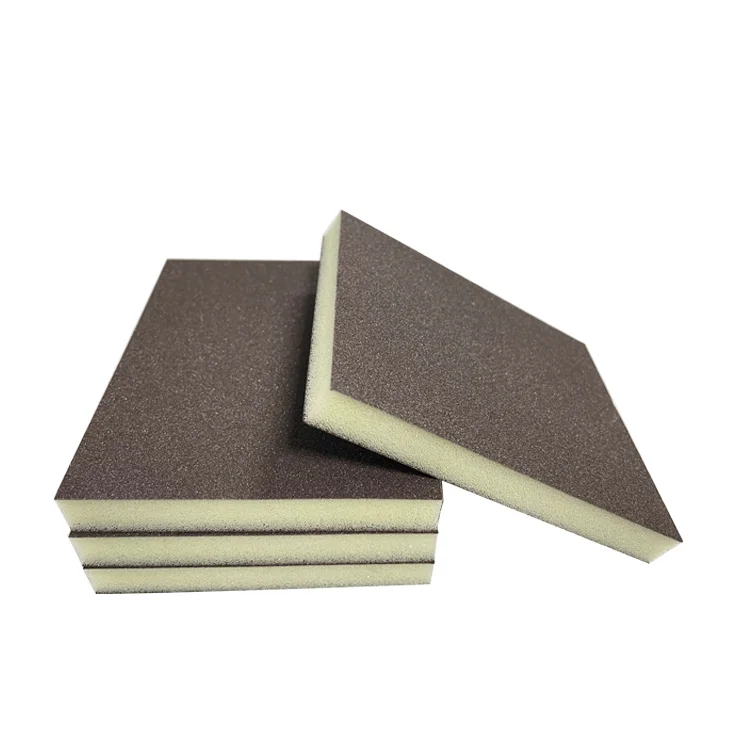Air blowers have become ubiquitous tools in various industries, from manufacturing to cleaning and maintenance. While they offer undeniable advantages, such as efficiency and ease of use, it is crucial to examine the potential disadvantages that can impact both operational effectiveness and overall safety. This article delves into the multifaceted drawbacks of air blowers, providing a comprehensive understanding for professionals considering their use.
- Noise Pollution
One of the most immediate disadvantages of air blowers is the noise they generate. Many models operate at decibel levels that can exceed safe limits, leading to potential hearing damage for operators and those nearby. Prolonged exposure to high noise levels can result in noise-induced hearing loss (NIHL), which is a significant concern in workplaces where air blowers are frequently used. Additionally, excessive noise can contribute to a stressful work environment, reducing overall productivity and employee morale.
- Dust and Contaminant Dispersal
Air blowers are designed to move air at high speeds, which can inadvertently lead to the dispersal of dust, debris, and other contaminants into the air. This is particularly problematic in environments that require cleanliness, such as laboratories, food processing facilities, and hospitals. Instead of effectively cleaning a surface, air blowers can spread particles, potentially compromising air quality and creating health hazards. In industries where hygiene is paramount, this can lead to costly contamination issues and regulatory non-compliance.
- Energy Consumption
While air blowers can enhance productivity, they are not always energy-efficient. Many models consume significant amounts of electricity, leading to increased operational costs. In an era where sustainability is a growing concern, the high energy consumption associated with air blowers can be a disadvantage for companies striving to reduce their carbon footprint. Organizations must weigh the benefits of using air blowers against their energy costs and consider alternative methods that may be more environmentally friendly.
- Limited Effectiveness on Certain Surfaces
Air blowers are not universally effective on all surfaces. For instance, while they may excel at removing loose debris from hard surfaces, they can struggle with sticky or wet materials. In such cases, relying solely on air blowers can lead to incomplete cleaning, necessitating additional cleaning methods that can negate the time-saving benefits. This limitation can be particularly frustrating in industrial settings where efficiency is critical.
- Safety Hazards
The use of air blowers can introduce various safety hazards. High-velocity air can propel small objects, posing a risk of injury to operators and bystanders. Furthermore, if not used properly, air blowers can create slip hazards when moisture is blown onto floors. In environments where safety is paramount, such as construction sites or manufacturing plants, these risks must be carefully managed to prevent accidents and injuries.
- Maintenance and Durability Issues
Air blowers require regular maintenance to ensure optimal performance. Dust and debris can accumulate in the motor and filters, leading to decreased efficiency and potential breakdowns. Additionally, the durability of air blowers can vary significantly between models. Investing in a low-quality blower may result in frequent repairs or replacements, ultimately increasing long-term costs. Organizations must consider the total cost of ownership, including maintenance and potential downtime, when selecting air blowers.
- Environmental Impact
Beyond energy consumption, air blowers can have broader environmental implications. The noise pollution they generate can disturb local wildlife and contribute to urban noise levels. Moreover, if air blowers are used inappropriately, they can contribute to air quality issues by stirring up dust and allergens. Companies must be mindful of their environmental responsibilities and consider the impact of their equipment on both local ecosystems and community health.
Conclusion
While air blowers can be valuable tools in various industries, it is essential to recognize their disadvantages. From noise pollution and dust dispersal to energy consumption and safety hazards, these drawbacks can significantly impact operational efficiency and workplace safety. By understanding these challenges, professionals can make informed decisions about the use of air blowers and explore alternative solutions that may better meet their needs. Ultimately, a balanced approach that considers both the advantages and disadvantages of air blowers will lead to more effective and sustainable operational practices.

